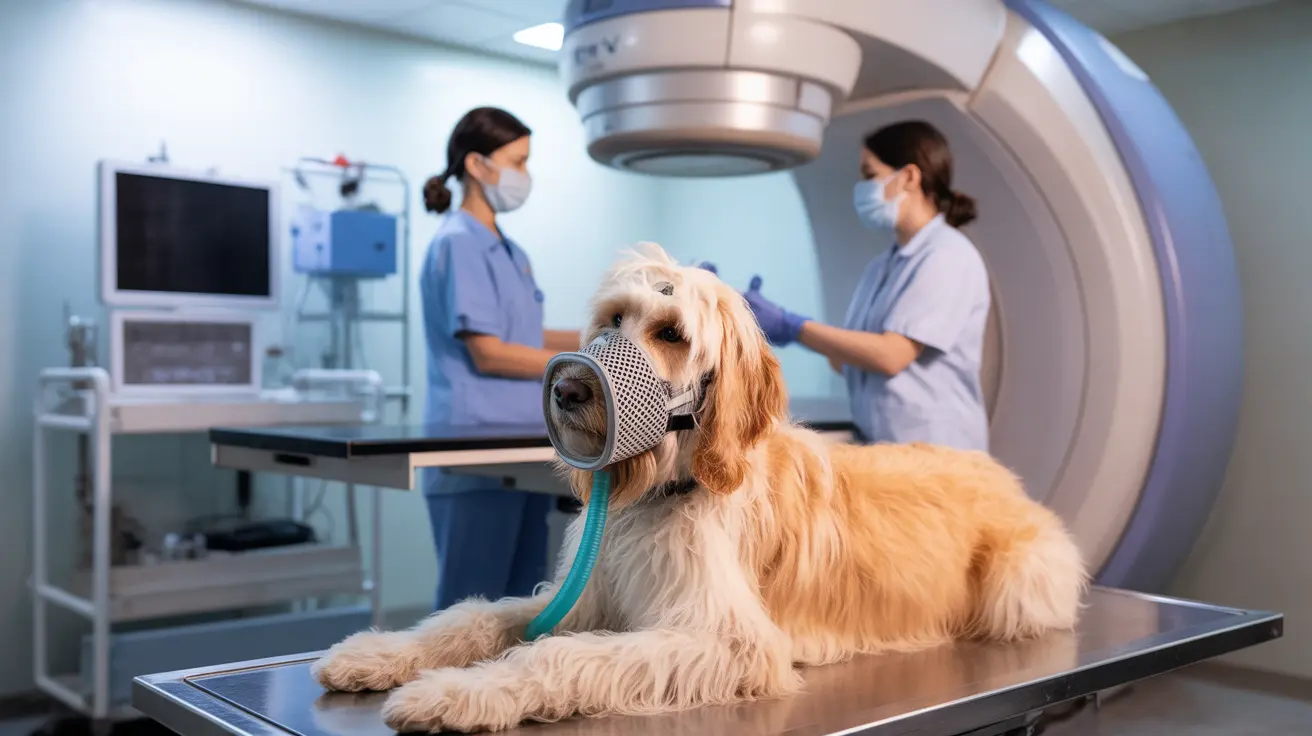What Causes Renal Secondary Hyperparathyroidism in Dogs?
Renal secondary hyperparathyroidism develops as a direct result of chronic kidney disease. When the kidneys begin to fail, they lose their ability to properly filter phosphorus from the blood. This leads to elevated phosphorus levels, which triggers the parathyroid glands to produce excessive amounts of parathyroid hormone (PTH).
The increased PTH production creates a cascade effect, pulling calcium from the bones in an attempt to maintain proper blood calcium levels. This process can lead to serious bone problems and other systemic complications.
Recognizing the Signs of RSHP
Dogs with renal secondary hyperparathyroidism may display various symptoms, including:
- Weakness and lethargy
- Bone pain and lameness
- Increased risk of fractures
- Muscle weakness
- Loss of appetite
- Weight loss
- Dental problems
In advanced cases, dogs may also experience soft tissue calcification, affecting organs like the kidneys, heart, and blood vessels.
Diagnosis and Testing
Veterinarians diagnose RSHP through a combination of clinical examination and laboratory tests. These typically include:
- Blood chemistry panels
- Parathyroid hormone level measurements
- Calcium and phosphorus level tests
- X-rays to assess bone density
- Kidney function tests
Treatment Approaches for RSHP
Managing renal secondary hyperparathyroidism requires a multi-faceted approach:
Dietary Management
A specialized kidney diet low in phosphorus is essential. Your veterinarian may prescribe therapeutic kidney diets specifically formulated to help manage mineral imbalances and support kidney function.
Medication and Supplements
Treatment often includes:
- Phosphate binders to reduce phosphorus absorption
- Vitamin D supplements (calcitriol)
- Medications to control PTH levels
- Additional treatments for underlying kidney disease
Ongoing Monitoring
Regular veterinary check-ups and blood work are crucial to track the progression of the disease and adjust treatment as needed.
Frequently Asked Questions
What is renal secondary hyperparathyroidism in dogs and how is it related to chronic kidney disease?
Renal secondary hyperparathyroidism is a condition that develops when chronic kidney disease causes an imbalance in calcium and phosphorus metabolism. As the kidneys fail, they cannot properly regulate phosphorus levels, leading to increased parathyroid hormone production and subsequent bone and mineral disorders.
What clinical signs in my dog could indicate renal secondary hyperparathyroidism caused by kidney failure?
Common signs include weakness, bone pain, lameness, dental problems, and increased risk of fractures. Dogs may also show typical kidney disease symptoms like increased thirst, frequent urination, and decreased appetite.
How is renal secondary hyperparathyroidism diagnosed in dogs with chronic kidney disease?
Diagnosis involves blood tests to measure parathyroid hormone levels, calcium and phosphorus levels, and kidney function. X-rays may also be taken to assess bone density and look for signs of mineral imbalances.
What treatment options are available to manage renal secondary hyperparathyroidism in dogs?
Treatment typically includes dietary phosphorus restriction, phosphate binders, vitamin D supplementation, and management of underlying kidney disease. Regular monitoring and adjustment of treatments are essential for optimal results.
Can dietary changes and supplements help slow the progression of renal secondary hyperparathyroidism in dogs?
Yes, proper dietary management with low-phosphorus food and appropriate supplements can help slow disease progression. Working closely with your veterinarian to maintain the right balance of nutrients is crucial for successful management.
By understanding and properly managing renal secondary hyperparathyroidism, you can help improve your dog's quality of life and potentially slow the progression of this serious condition. Always work closely with your veterinarian to develop and adjust treatment plans as needed.






